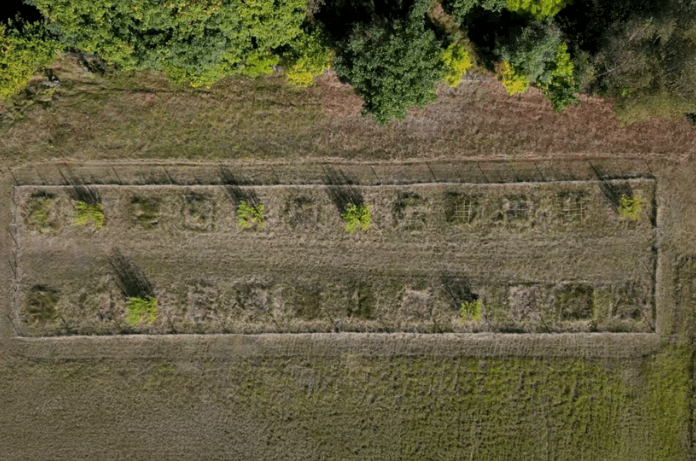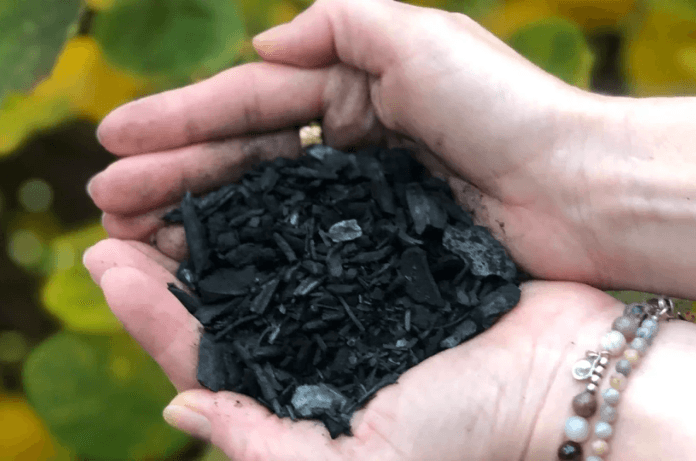Decades after its global ban, the legacy of DDT lingers in soils, silently posing threats to ecosystems and food chains worldwide. Despite its effectiveness as an insecticide during the 50s and 60s, DDT’s long-lasting presence in the environment has turned once-productive lands into contaminated wastelands. However, a groundbreaking study from Chalmers University of Technology in Sweden offers hope. By incorporating biochar, a sustainable, charcoal-like material—into polluted soils, researchers have discovered a way to reduce the ecological risks of DDT while paving the path for land rehabilitation. This innovative solution not only protects wildlife and human health but also brings new opportunities for restoring degraded landscapes.
The Lingering Legacy of DDT
Dichlorodiphenyltrichloroethane (DDT), once a widely used insecticide in the mid-20th century, has left an enduring mark on the environment. Although banned more than 50 years ago for its harmful effects on health and the environment, DDT residues remain in soils worldwide. In Sweden alone, thousands of zones remain contaminated, posing ongoing ecological challenges.
Biochar: A Sustainable Remediation Tool
Biochar, also known as black gold, is a charcoal-like material produced through the pyrolysis of organic waste. It has garnered attention for its ability to bind contaminants and enhance soil health. Its porous structure facilitates the retention of water, air, and nutrients, making it a valuable soil amendment. In the context of DDT contamination, biochar’s affinity for organic pollutants suggests it could effectively reduce the mobility and bioavailability of such toxins in the soil.
Field Experiment Demonstrates Efficacy
Over three years, the Chalmers research team conducted a field experiment at a former tree nursery in southern Sweden. This site is known for its high DDT levels. They incorporated biochar into the contaminated soil and cultivated various plants, including pumpkins, grasses, legumes, and willows. The results were striking. Earthworms in biochar-treated soil absorbed about 50% less DDT compared to those in untreated soil. It highlights a significant improvement in soil health. This significant reduction indicates that biochar effectively decreases the bioavailability of DDT. Thereby lowering the ecological risks associated with the contaminated soil.
Importance of Land Rehabilitation
The successful application of black gold in reducing DDT bioavailability opens avenues for rehabilitating contaminated lands. By mitigating the ecological risks, such areas could potentially be repurposed for agricultural use. It includes the cultivation of crops like hay for animal feed or bioenergy plants such as willow trees. This approach not only addresses environmental concerns but also offers economic benefits by restoring the productivity of previously unusable lands.
Advantages Of Conventional Remediation Methods
Traditional remediation techniques often involve excavating contaminated soils and transporting them to hazardous waste landfills. Scientists often referred to this process as both costly and environmentally disruptive. In contrast, in-situ treatment with biochar presents a more sustainable and cost-effective alternative. Treating the soil on-site preserves soil structure and fertility while significantly reducing remediation expenses. Moreover, biochar is eco-friendly, made from organic waste, and helps store carbon in soils for the long term. It supports efforts to fight climate change.

Paul Drenning says, “There is strong interest in using biochar to stabilize DDT and other contaminants in soils, such as metals and polyaromatic hydrocarbons. It’s encouraging that we observed a positive effect in our experiment.”
Long-Term Prospects and Future Research
Biochar is known for its stability and slow decomposition rate in soils, suggesting that its beneficial effects could persist for decades. The Chalmers research team plans to continue monitoring the experimental site to assess the longevity of biochar’s impact on DDT bioavailability. Additionally, they aim to explore scalable application methods to facilitate the broader adoption of this remediation strategy.
A Step Toward Sustainable Soil Management
This study underscores the potential of biochar as a viable solution for managing persistent organic pollutants in soils. By effectively reducing the risks associated with DDT contamination, biochar application aligns with global efforts to promote sustainable land management and environmental protection. As the European Union moves toward implementing the Soil Monitoring Law, which aims to achieve healthy soils by 2050, innovative approaches like biochar amendment could play a crucial role in meeting these goals.
In conclusion, the integration of biochar into contaminated soils represents a promising advancement in the field of environmental remediation. This method not only addresses the lingering challenges posed by historical DDT use but also contributes to the broader goals of ecological restoration and sustainable agriculture. As research progresses, biochar could become a cornerstone in the toolkit for managing contaminated sites worldwide. It offers a path forward to reclaim and revitalize contaminated lands.

